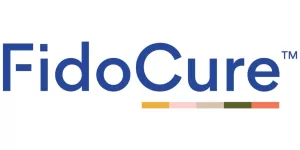July 5, 2024
I wanted to go into our oncology consult fully armed with as much knowledge and as many questions as possible, so I set about a fact-finding expedition on the “standard of care” (SOC) — aided by the information imparted by Cat’s surgical team, counsel from friends who’ve been through this, & phone conversations with veterinary oncology clinics in the state.
I have been dismayed to find out that the conventional treatment for hemangiosarcoma (HSA) has, by-in-large, remained the same for 40+ years**: Surgery, then chemotherapy.

As their standard of care, most clinics appear to offer 2 types of chemo:
-
Standard chemotherapy: The standard of care is doxorubicin, an effective but potent drug called the “red devil” (due to its color and severe side effects), given via IV once every 2–3 weeks & a total of 6 doses.
-
Pro: Studies have shown the median survival time (MST) for dogs treated with surgery followed by doxorubicin was 274 days, compared to 66 days for dogs treated with surgery alone.
-
Con: Severe adverse side effects including cumulative cardiotoxicity, nausea, vomiting, loss of appetite, sores in the mouth, lethargy, hair loss, and allergic reactions.
-
-
Metronomic chemotherapy: This is chemo administered in a lower dose pill-form repetitively over a long period
-
Pro: Fewer side effects.
-
Con: From my research — later confirmed by Cat’s oncologist — studies have not shown a significant improvement in MST with this type of treatment.
-
I’m certainly not keen on idea of pouring poison into my dog — and all the side effects that go with it. She has to maintain her quality of life. Still, with no other viable options in the near-term, we’ll hear what NC State Oncology has to say in 4 days.
My research continues.
**Again, just to note: many of the peer-reviewed papers I’ve read on SOC cite the “30-year” stagnation statistic, but in diving deeper, I found this number came from a paper published in 2008 — titled “Canine hemangiosarcoma: a tumor of contemporary interest” — which means, in 2025, it has, in fact, remained unchanged for NEARLY 50 YEARS.







